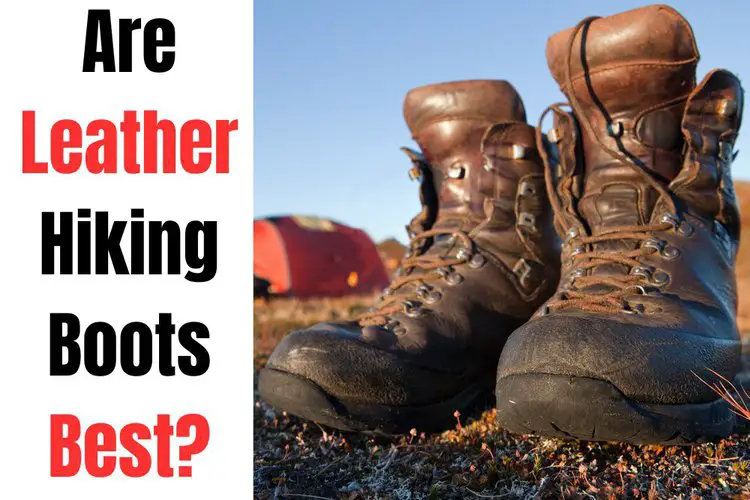When it comes to hiking, choosing the right footwear is crucial. Hiking boots are a popular choice, and among them, leather hiking boots are often considered the gold standard.
But are they really the best choice?
Key Takeaways:
- Leather hiking boots are suitable for rough terrain, long hikes, and colder weather.
- They offer excellent support and protection for your feet and are highly durable, making them ideal for more challenging hikes.
- They also keep your feet warm in colder temperatures, which is a bonus for hikers in areas with changing weather conditions.
Remember, the best hiking shoe for you will depend on your individual needs, preferences, and hiking goals. It’s important to choose a shoe that fits well, provides the support you need, and feels comfortable on the trail.
Before we analyze why leather hiking boots are the best and why not, we need you to know their pros and cons.
Contents
Pros of Leather Hiking Boots
Durability
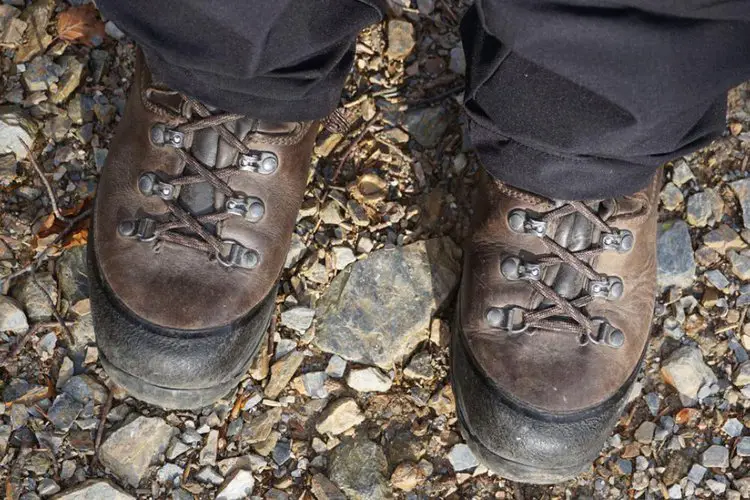
Leather hiking boots are known for their durability. They can withstand rugged terrain and harsh weather conditions, making them ideal for long hikes and backpacking trips.
Besides, they can withstand force and protect your feet from rough terrains and sharp rocks.
Water resistance
Unlike synthetic materials, leather is naturally water-resistant. This means that leather hiking boots can keep your feet dry in wet conditions, preventing blisters and other foot injuries.
Breathability
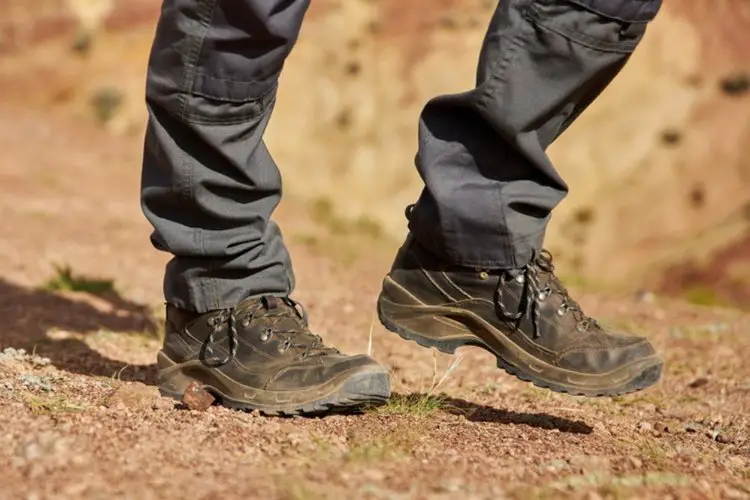
Premium leather allows air to pass through, which means air can circulate through the boot to keep your feet cool and prevent sweat buildup. This is especially important on hot days or during strenuous hikes.
Classic look
Some hikers prefer the classic look and feel of leather hiking boots over modern synthetic options. Leather boots can be a stylish and timeless choice that looks good both on and off the trail.
Cons of Leather Hiking Boots
Weight
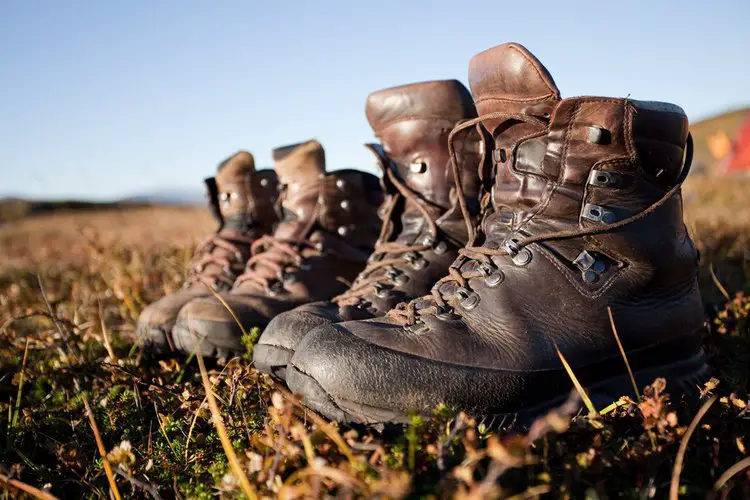
One of the biggest drawbacks of leather hiking boots is their weight. Leather is a heavy material, and wearing heavy boots can make your feet and legs tired, especially on long hikes.
Break-in time
Leather hiking boots often require a longer break-in period compared to other materials. This means that you’ll need to wear them for several weeks or even months before they become comfortable enough to wear on a long hike.
Cost
Leather hiking boots are often more expensive than synthetic options, which may be a deal-breaker for budget-conscious hikers.
Difficult to maintain
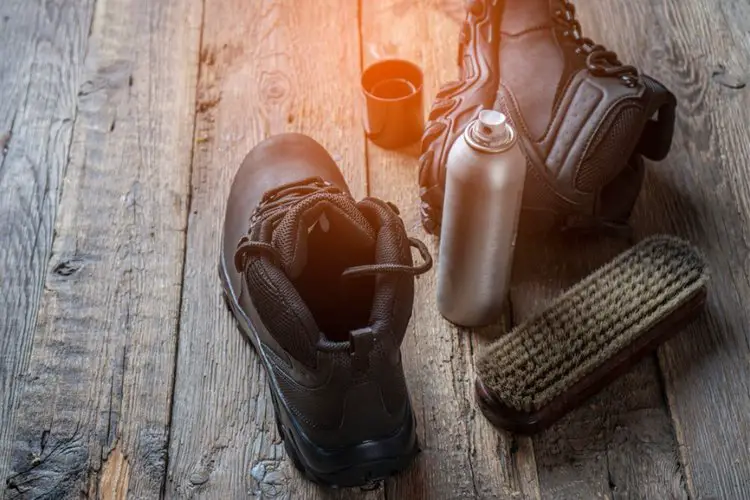
Leather hiking boots require regular maintenance with specialized products to keep them in good condition, which can be time-consuming and take a lot of effort.
When are Leather Hiking Boots the Best Choice?
In summary, leather hiking boots have a sturdy and durable construction that can provide excellent support and stability on rocky and uneven terrain.
The stiffness of the leather material helps to prevent ankle sprains and twisted feet by holding the foot in place, even on uneven surfaces.
In contrast, lightweight hiking boots or shoes may not offer as much support or protection on rough terrain.
The flexible material can allow for more movement in the foot, making it more susceptible to injuries.
Thus, for hikers planning to tackle challenging and rocky terrains, leather hiking boots can be the better choice.
Long-Distance Hikes

Leather hiking boots are ideal for long-distance hikes because they provide support and protection for your feet throughout the journey.
If you’re planning a multi-day hike, you’ll want boots that can handle the wear and tear of the trail, and leather boots are up to the task.
Rough Terrain

Leather hiking boots have a sturdy and durable construction that can provide excellent support and stability on rocky and uneven terrain.
The sturdy construction can keep the foot in place and prevent twisting or spraining your ankle and feet, even on unstable terrain.
The durable leather material can withstand the abrasive surface and protect your feet from sharp rocks.
Heavy Backpacking
If you’re carrying a heavy backpack, you’ll want boots that can support your ankles and distribute the weight evenly.
Leather boots are often stiffer and more supportive than other types of boots, making them a good choice for backpacking trips.
Cold Weather

Leather hiking boots are often better at insulating, they can protect your feet against cold weather better than other types of boots.
As you can see, they offer a layer of warmth that other materials, such as mesh, don’t offer.
Wet Environments
While leather boots can take some time to dry out if they get wet, they are still a good choice for wet environments.
While other materials might let the water pass through the boots, leather is naturally water-resistant and can provide some protection against rain and puddles.
Just make sure to take extra precautions to keep your boots dry, such as wearing gaiters or waterproof socks.
When are Leather Hiking Boots Not the Best Choice?
While leather hiking boots are a great choice for many hikers, there are some situations where they may not be the best option.
Here are some instances that you might want to consider a different type of hiking shoe:
Short and Easy Hikes
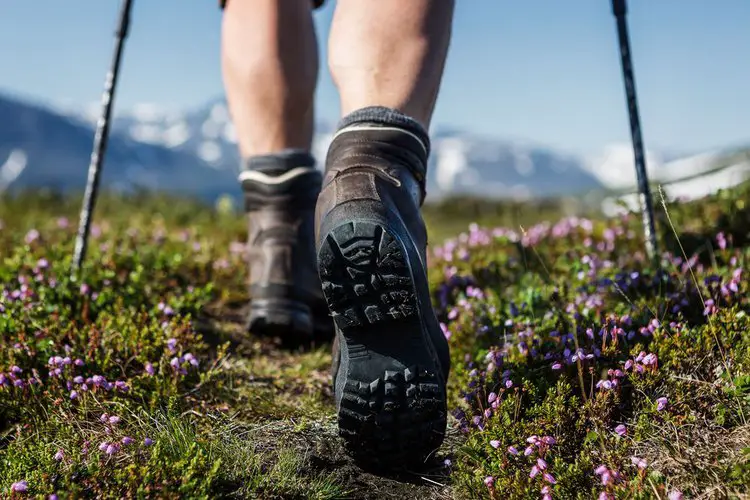
If you’re going on a short, easy hike on a well-groomed trail, leather hiking boots may be overkill.
A lighter shoe, such as a trail runner or hiking shoe, may be more appropriate and comfortable.
Hot and Dry Environments
Leather hiking boots can be hot and stuffy, making them less comfortable in hot and dry environments.
In these conditions, you may want to consider a shoe with more breathable materials, such as mesh.
Extremely Wet Environments
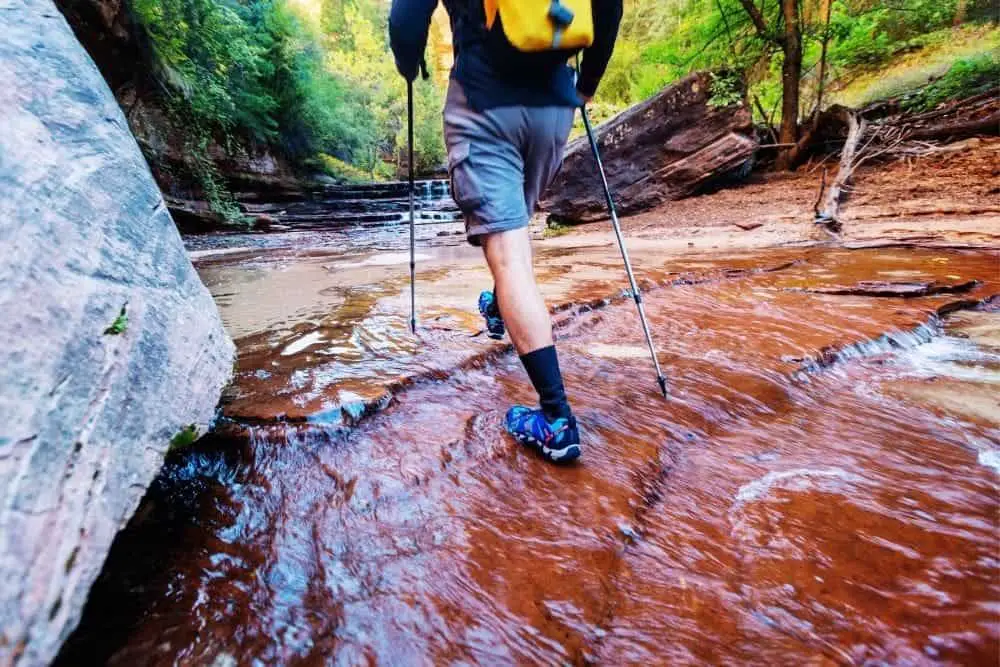
While leather hiking boots can handle some moisture, they are not ideal for extremely wet environments, such as hiking through streams or in heavy rain.
In this situation, it’s best to go for a waterproof shoe with a Gore-Tex or similar membrane.
Minimalist Hiking
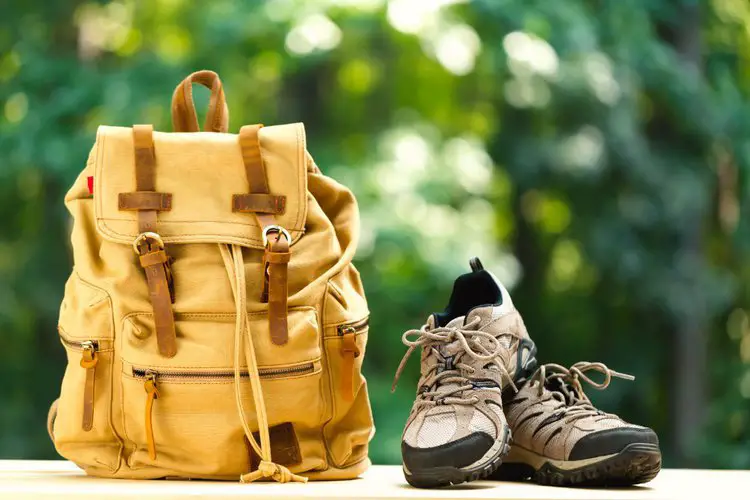
If you prefer minimalist hiking, where you carry only what you need and prioritize light weight and mobility, leather hiking boots may be too heavy and cumbersome.
In these cases, you may prefer a lighter shoe or even a barefoot-style shoe.
Conclusion
So, are leather hiking boots the best choice? It depends on your needs and preferences.
If you’re looking for durability, water resistance, and breathability, leather hiking boots are an excellent option.
They’re also ideal for rugged terrain, heavy loads, and wet conditions.
However, if you’re looking for lightweight and budget-friendly options or planning on speed hiking or hiking in hot weather, mesh or synthetic options may be better choices.

